How Schijvens is working towards fair and transparent supply chains
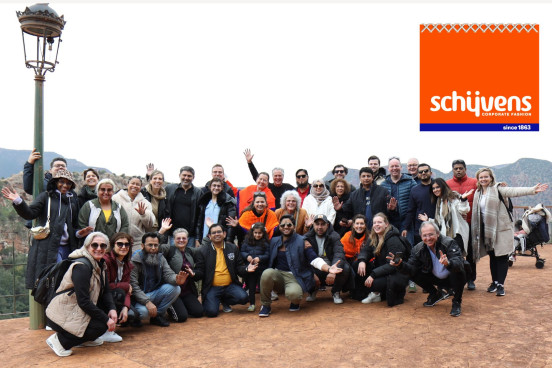
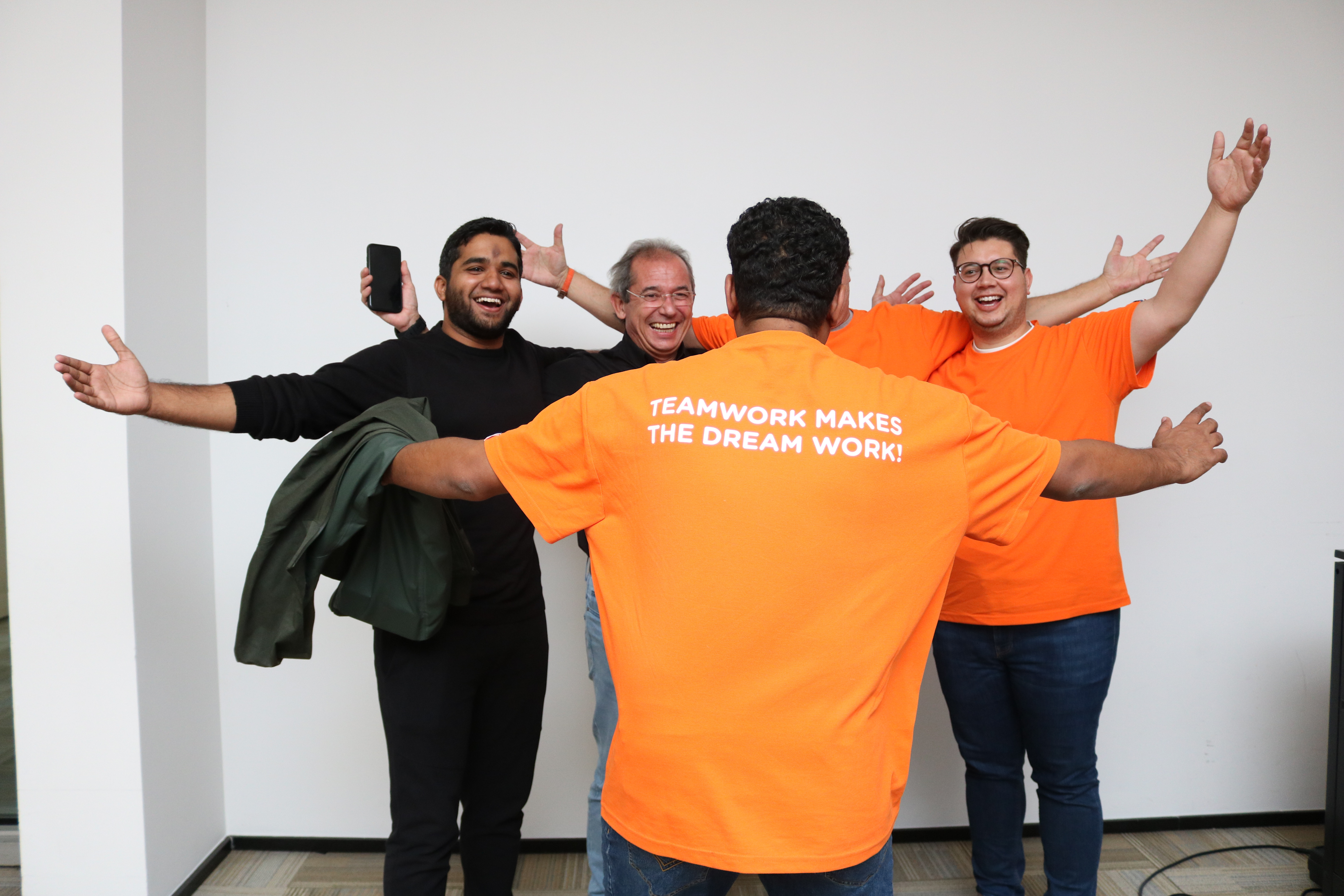
Schijvens Corporate Fashion has been designing, manufacturing and distributing corporate clothing since 1863 for clients such as Albert Heijn, Hema, McDonalds, NS and KLM. Schijvens is a family business; since 2005 the current fifth generation has been running the company together with a team of 150 enthusiastic people. We spoke with Jeske van Korven and Trix van Halder, together they form Schijvens' CSR Team.
You are both responsible for CSR at Schijvens Corporate Fashion, but both started in different positions. How did that come about?
Jeske: I have been working at Schijvens for 10 years and started in procurement. However, CSR became increasingly important, so it was necessary to involve more people in this area. Now, I fully focus on this topic. In short, we deal with everything related to sustainability.
Trix: I started at Schijvens 7 years ago, first in marketing and then in sales. It was enjoyable, but I felt a calling for something more. I wanted to delve deeper into sustainability. When I noticed that this became an increasingly important aspect of the company, I was able to make the transition. In my role as CSR specialist, I can fully focus on upcoming legislation such as CSRD. Although, as Schijvens, we are not obligated to comply with it, we still want to. We see CSRD as a great opportunity to better explore where our strengths and challenges lie.
That sounds quite challenging, the two of you running the CSR department together?
Jeske: Indeed, with just the two of us, we form a small team. Fortunately, within Schijvens, we do not need to convince anyone of our direction; sustainability is simply a given, and the management fully supports us. Unfortunately, this isn't the case for all (fashion) companies.
Certainly, while you also produce across borders. How did you become aware of the importance of supply chain responsibility?
Jeske: We are a family-owned business that has been designing, producing, and distributing workwear since 1863. Traditionally, we handled production in-house, maintaining visibility over the process. When we started manufacturing abroad in 2005, it was only natural for us to visit those factories right away. This strengthened our collaboration with suppliers, and our awareness of the conditions under which our clothing was made. When we first visited a factory in China, it was immediately clear that the conditions there were not the same as at our production location in the Netherlands. We asked ourselves: How can we mitigate these risks? We decided to engage with Fair Wear Foundation (FWF), an organization working on a systematic approach to improving conditions. We continuously assess areas for improvement, rather than relying on a one-time audit. That is where FWF helps us.
Trix: 20 years ago, the CSR Risk Check naturally did not exist, and it took us a lot of time back then to assess the risks with our new suppliers. The existence of the CSR Risk Check makes this process much easier for companies. With this tool, you quickly gain insight into potential CSR risks, allowing you to be aware of what to consider when starting a new partnership with a supplier.
What are you currently doing to ensure labor conditions in your supply chain?
Trix: In recent years we have been working on living wages in various countries. Such a project starts with discussions with our suppliers and employees. After all, they have to be satisfied with their wages. Through a survey we determine their monthly expenses to establish a benchmark. We then compare this with existing benchmarks to determine the new salary.
Jeske: However, this is easier said than done. The situation varies by country and supplier. Take our production in Pakistan. In Pakistan it was possible to cooperate with another clothing company. Because we both have a high share in the factory, it was possible to put the whole factory to a living wage. There were also people working based on the number of products produced - we really had to convince them of the benefits of a permanent contract. It was not common for the workers, but eventually they see the benefits of a fixed monthly salary. Just to emphasize: every country, every supplier, and every employee views this differently.
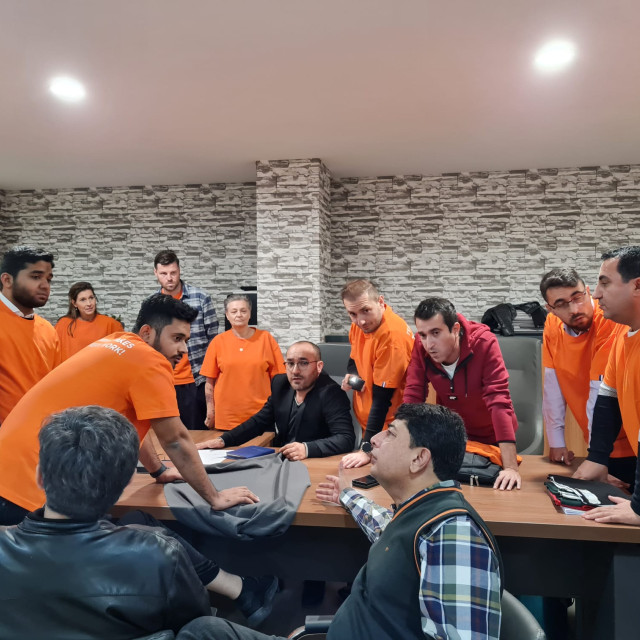
The chain obviously goes beyond the suppliers you have direct contact with,
how do you gain insight further down the chain?
Jeske: Further down the supply chain, we particularly focus on dye houses, where there are significant risks associated with chemicals and the environment. Getting access to these places is challenging, but building trust takes you further. We have already conducted some audits and are working with the dye houses to follow up on the results and improve processes.
Trix: Furthermore, we also try to determine exactly where each component in the product comes from. Not every supplier has an established print studio or materials supplier. Therefore, we try to make it clear that continuously switching suppliers is not desirable. To have this conversation, trust and building a good relationship is again crucial. By now we have insight into all tiers, from raw material, trimmings to the sewing studio.
I keep hearing about collaboration with suppliers, how important is this for you?
Jeske: Very important, without good collaboration, we would not be as far along today on living wage or circularity. I dare say that building good ties, trust and cooperation are the key to sustainability within our company.
Trix: To promote mutual cooperation we organize an annual meeting at a destination of one of our global suppliers, last year it was in Morocco. During such a trip we visit factories, talk about the latest developments, objectives and the suppliers share what they are up against. We also award the supplier of the year, which all our suppliers are very keen to get. That is cool to see.
Jeske: Such meetings show that our suppliers have really built a bond over the years and also help each other out. They call each other to ask for advice and learn from each other. That is the beauty: they no longer consider each other as competitors, but as equals: there is a relationship based on cooperation and mutual support.
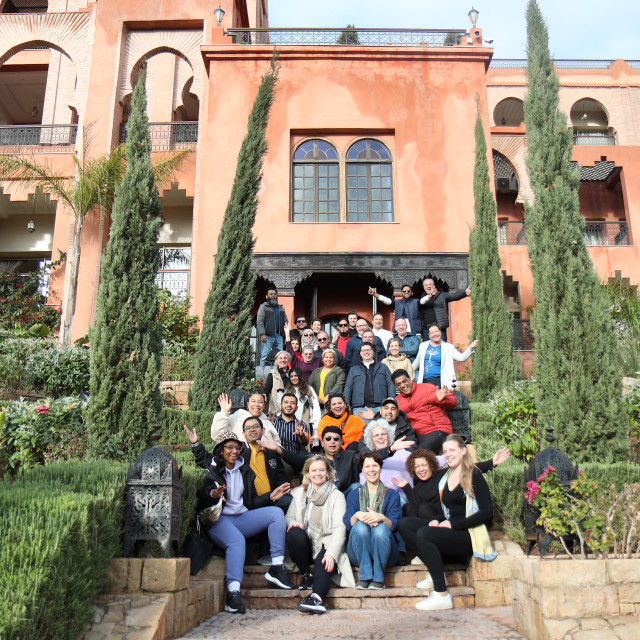
“Without good collaboration, we would not be as far along today on living wage or circularity.”
A word about the production of clothing. Basically, you could say: there are enough products in the world. How do you deal with this point of view?
Trix: Our starting point is to make our production chain circular. That means no longer using new cotton or polyester, but processing old clothing into new raw materials.
Jeske: Right now we are 80% circular. The collected clothing is reused through recovering, repairing, or recycling. In the latter case, we focus mainly on mechanical recycling. For this we cooperate with various suppliers. Worn clothing is returned and sent to our partner in Turkey, who recycles clothing for us and sends the yarns back to other partners. For the remaining 20%, we still use conventional yarns, but our goal is of course 100% sustainable, of which as much as possible is circular.
Finally, your chain is relatively short. What is your advice for larger textile companies? How can they start with supply chain responsibility?
Trix: Many companies shift the responsibility to their suppliers with strict contracts that exert pressure. I think this is counterproductive, you have to create internal and external support and operate from there towards your suppliers.
Jeske: The important thing is that you regard each other as equals and act accordingly. For example, it is best to start with a small group of suppliers with whom you build trust and work together efficiently. From there you can make agreements and negotiate various aspects, such as prices and working conditions. Internal cooperation between different departments within the organization on CSR is also crucial. This way you support each other and work together toward the same goal.
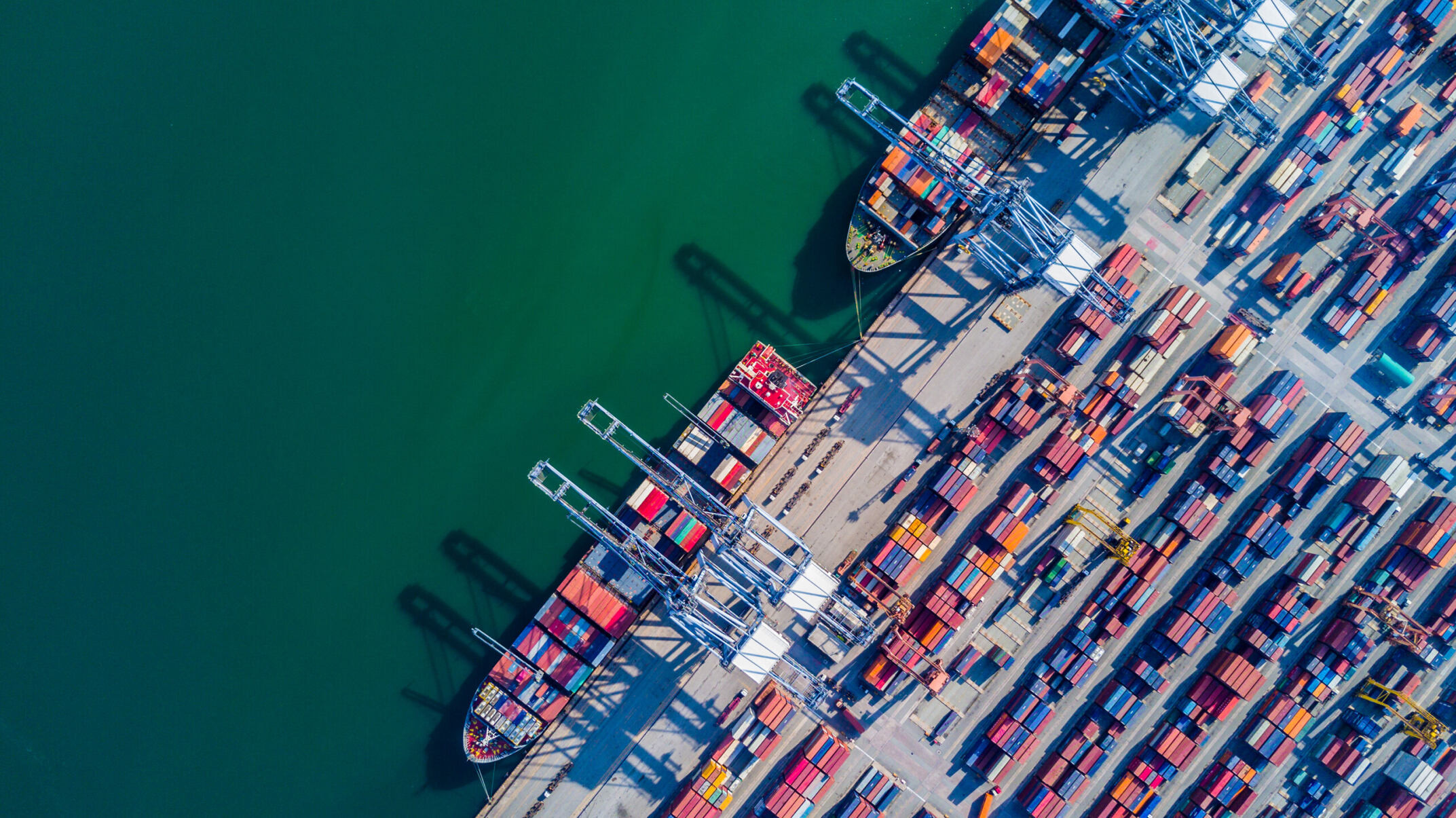
Are you inspired by this story and eager to get started with your supply chain? Fill out the CSR Risk Check and discover the international CSR risks associated with your trading activities, and how to mitigate them.
More testimonials
AFRIEK
AFRIEK is a cross-cultural fashion brand making artistic clothing with a story. The brand believes in collaboration for sustainable impact. People and planet are at the heart of its operations; the clothing brand has addressed multiple risks from the CSR Risk Checker in recent years

This company makes sustainable touchscreens
Electronics and responsible manufacturing do not always seem to be a fortunate combination. The production of phones puts high pressure on the environment, along with associated risks to workers' health and wellbeing. For instance, extracting raw materials in mines can be dangerous. Likewise, stories of toxic chemicals in the production of phone screens are well-known.

The ‘Risk Check’ of Stedin
Grid operator Stedin manages part of the electricity and gas network in the Netherlands and works with suppliers on circular solutions, such as recycled copper and applying reuse. But how do you know whether suppliers act responsibly? Dritan Zefi, ESG project lead, and Lance Cosaert, Category Lead ESG—responsible for Stedin’s supply chain research—use the CSR Risk Check. In ‘The Risk Check of Stedin’ they share their insights.
